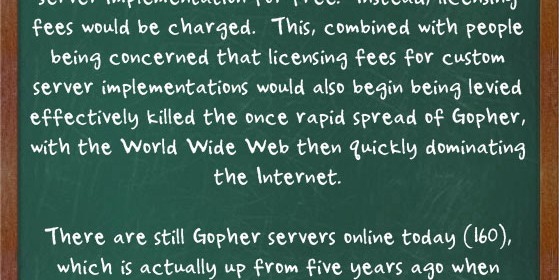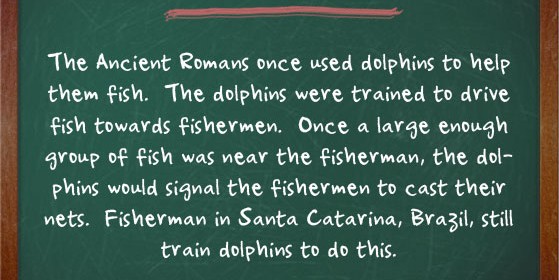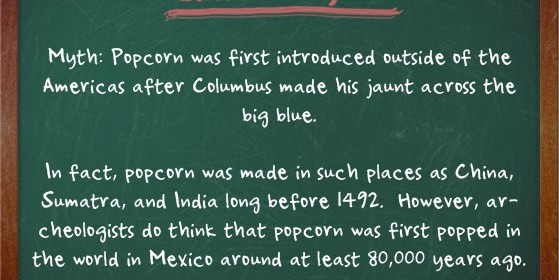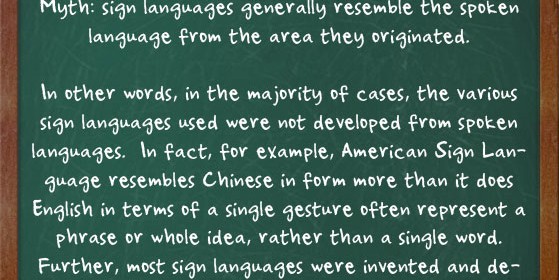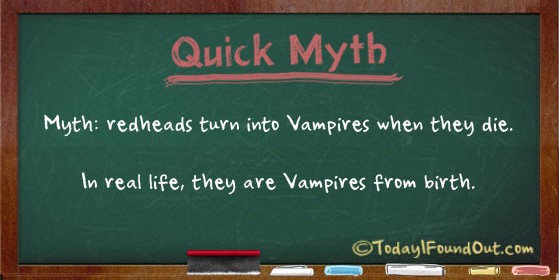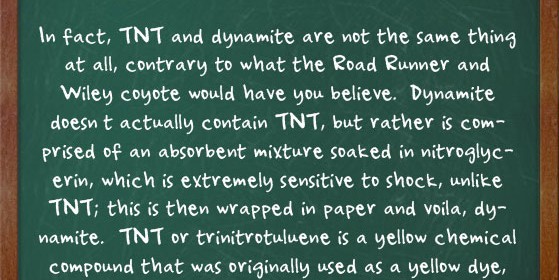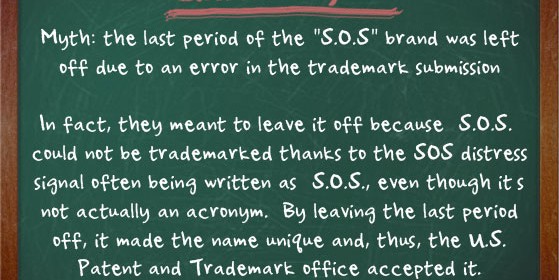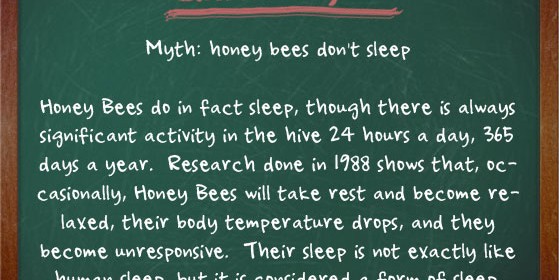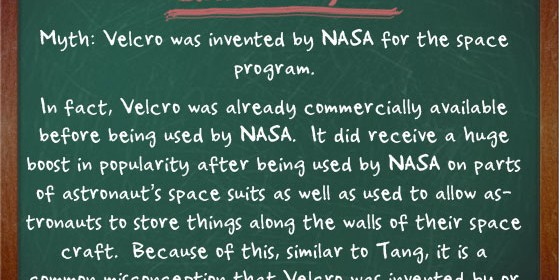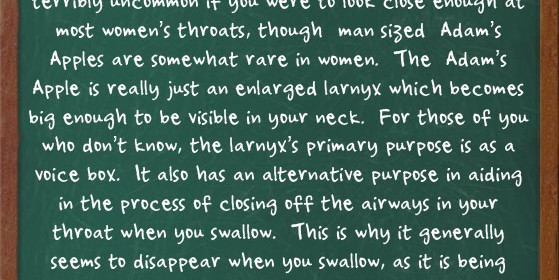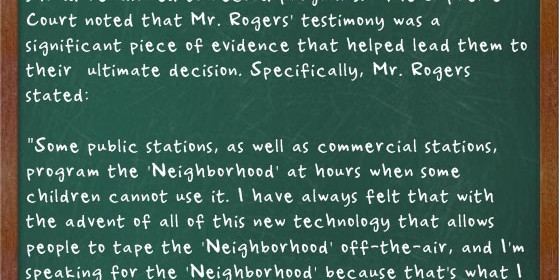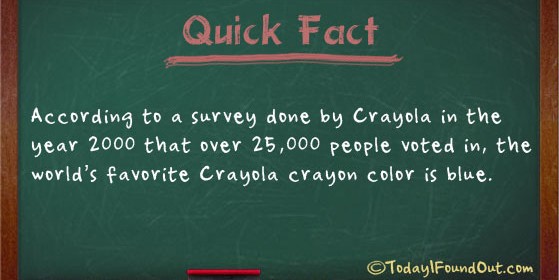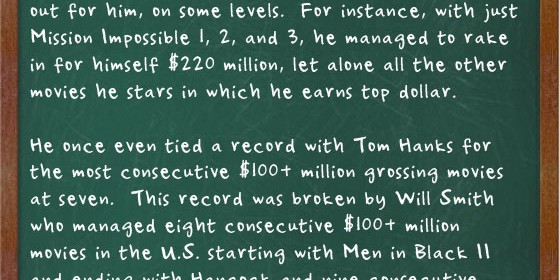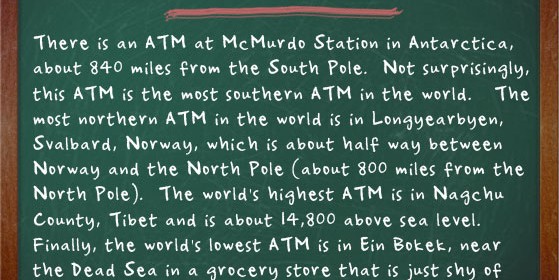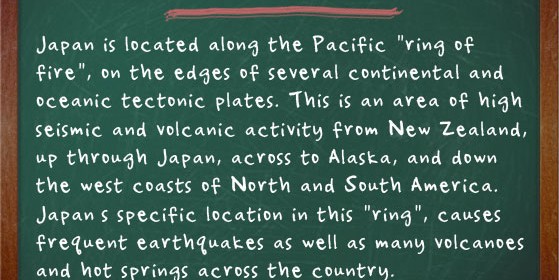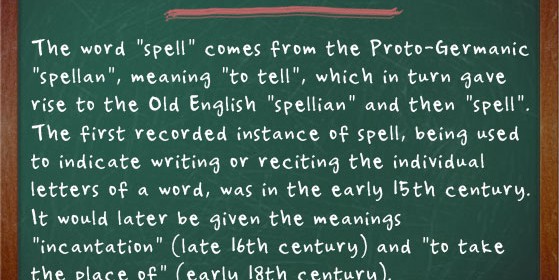If We Could Convert Matter Perfectly to Energy, a Typical Adult Male Would Produce an Explosion 80 Times More Powerful Than the Largest Nuclear Bomb Ever Detonated
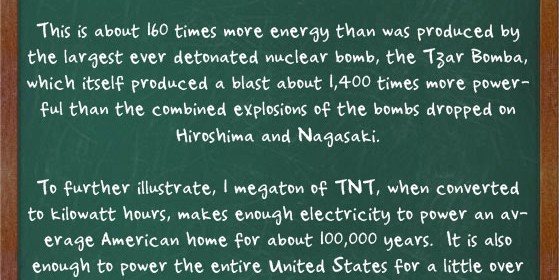
Amazingly, if we were actually able to convert matter perfectly to energy with 1 kg of matter being completely annihilated, the energy produced from just that small amount of matter is about 42.95 mega tons of TNT. So an adult male weighing in at around 200 pounds has somewhere in the vicinity of 4000 megatons of TNT potential in their […]
Read more
